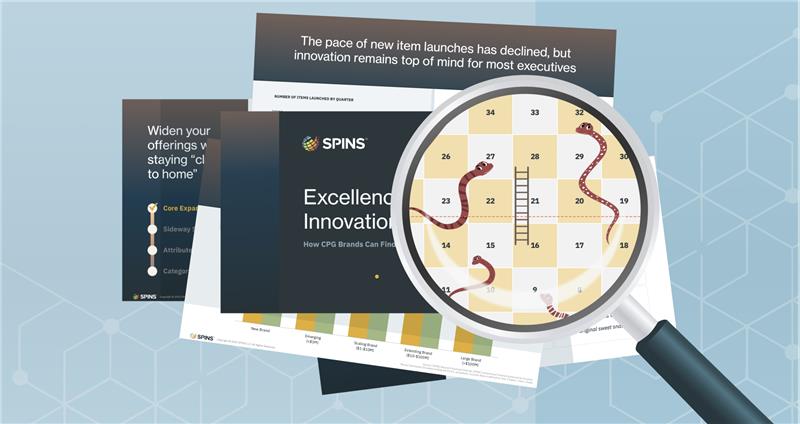Introduction
COVID-19 changed everyone’s daily life—seemingly overnight. Shoppers ran to stores to stock up on groceries and household items, unsure of how long they would be sheltering and place—and new buying patterns emerged. The last few months have been a time when everyone has a lot of questions but few definitive answers, and that’s true of retailers trying to meet the needs of their customers while planning head for the remainder of 2020 and into 2021.
How long can retailers expect to see an increase in shoppers? Will the items flying off the shelves today be in demand 6 months from now? Why are shoppers buying certain items over others? Recently, leaders from Organic Trade Association, Category Partners, Mercaris, and SPINS came together for a COVID-19 & the Shifting Retail Landscape, a webinar that answered these questions and helped retailers strategize for life during and after COVID-19.
Here are some of the key findings they shared:
Shoppers Are Sticking With Organic
Based on a survey from OTA, organic shoppers expect some of their new habits to become standard: 56% of surveyed shoppers anticipate home cooking and more simplified ways of eating to have a lasting impact; 40% plan to seek out more organic products across categories.
In fact, SPINS data shows that organic’s rise in popularity began before COVID-19 and has shown staying power. Since the start of 2020 organic sales were up year over year and saw a peak during the initial pantry loading phase (when shoppers prepared to shelter in place)—but sales have remained ahead of 2019 levels since.
Private Label Is a Growth Opportunity
Organic shoppers are steadfast in their commitment to healthy choices at the store, but the reality of today’s economy means tighter budgets and financial uncertainty. Private labels offer shoppers the chance to maintain their buying habits at a lower price point, and 2020 sales figures show that’s exactly what’s happening.
At the start of 2020 organic private label sales had modest YOY growth, but there was a significant uptick when pantry loading began. In the week ending February 23, organic private label sales were up 8.01% YOY; the following week sales were up 26.5% YOY. In every sales period since, private labels have experienced double digit YOY growth. Notably, this rise in organic private label growth is a trend retailers saw during the 2008-2009 recession and is behavior you can expect to continue post-COVID.
Top Organic Categories
While several categories are seeing growth in organic sales and units sold, 3 stand out. Herbs and homeopathic items have experienced a stunning 73.2% increase in dollars sold and an equally strong 58.2% increase in units sold. This might not be shocking since shoppers are turning to food as medicine in the wake of the pandemic. Frozen items have experienced a 28.4% rise in dollars sold and 21.9% bump in units sold, which is a reasonable expectation in light of March’s pantry loading phase and ongoing shelter in place orders. For similar reasons, organic grocery saw a 20.7% increase in dollars and 18.9% rise in units sold.
Shoppers, like everyone, are adapting to the ongoing shifts to daily life during a pandemic. As cities and states begin to ease restrictions, expect to see these trends continue and others emerge. To learn more about what retailers should expect for the remainder of 2020, including how the economy will affect organic pricing and how consumers are prioritizing their purchases, check out this on-demand webinar, COVID-19 & the Shifting Retail Landscape.





